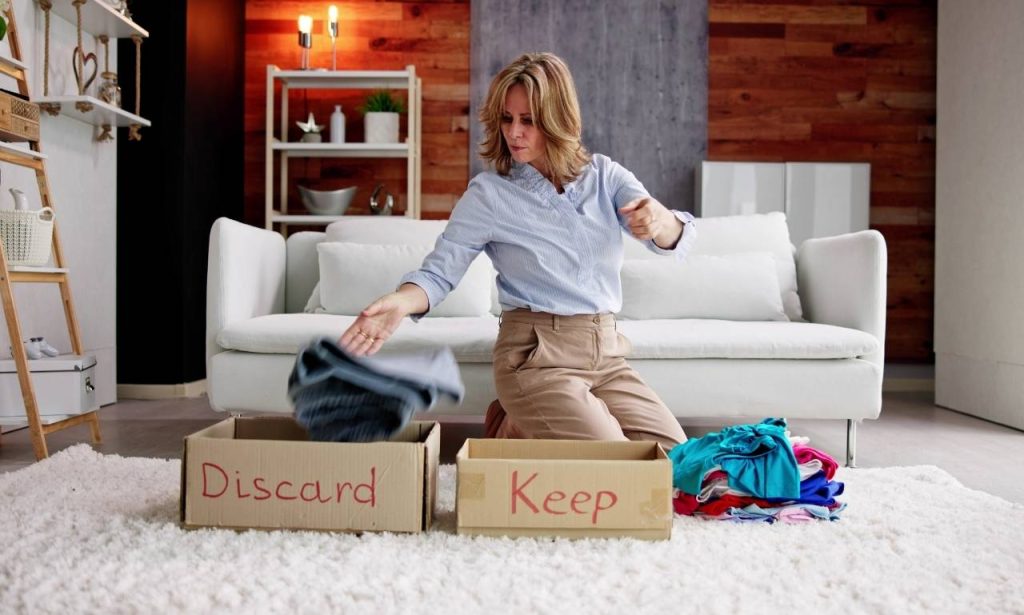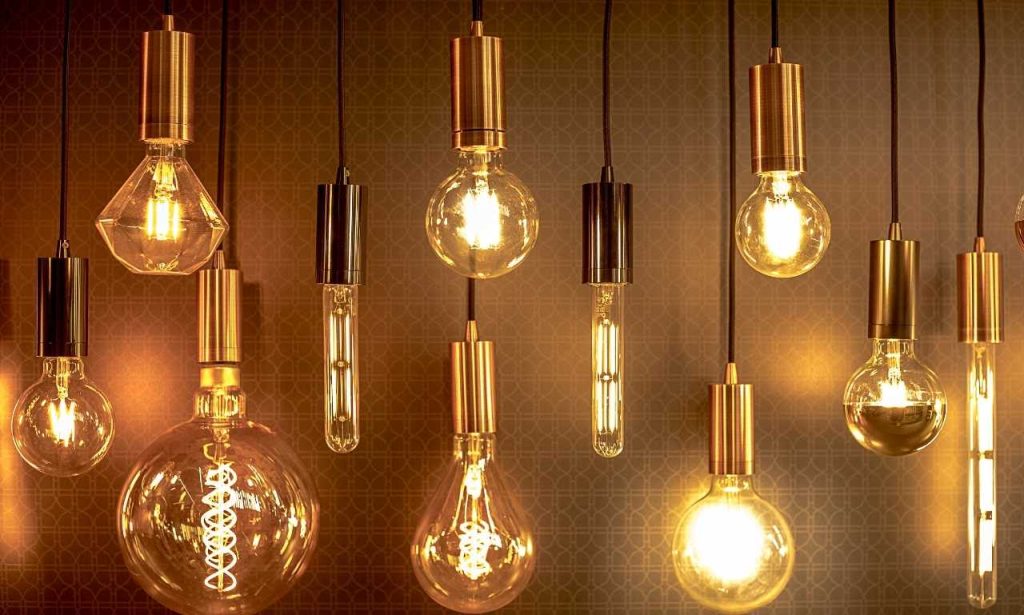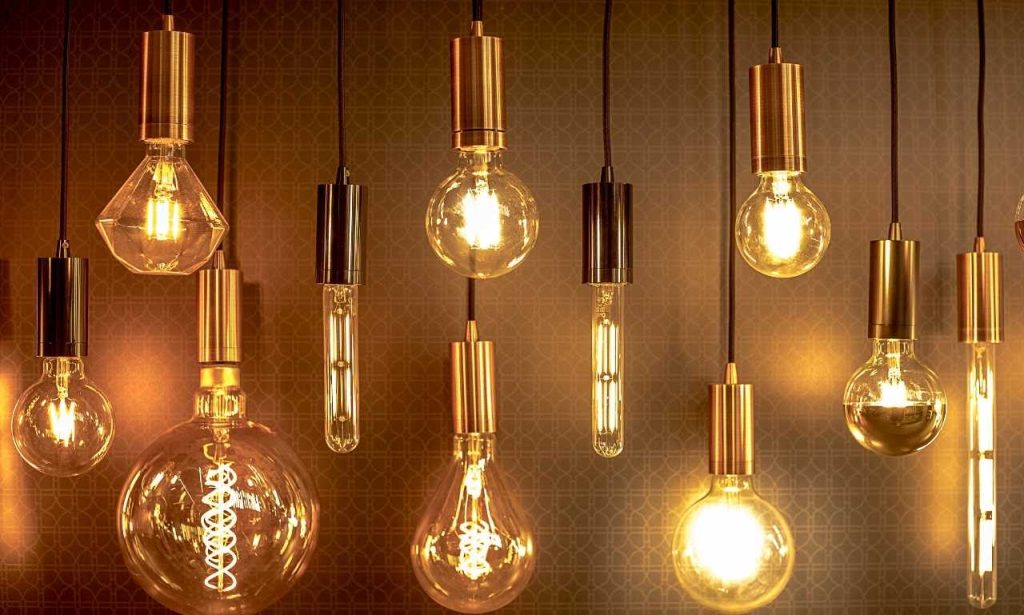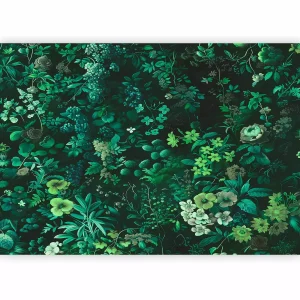We all hit that wall sometimes. You look around your home, and nothing feels right anymore. The colors seem dull. The furniture layout makes you sigh. I faced this exact problem last year after living in my place for too long. Good news, though! You don’t need a complete renovation to fall in love with your home again. Small tweaks can transform your space dramatically and bring back that excitement you felt on move-in day. This guide covers ten simple home refresh ideas to easily revamp your space.
Clean and Declutter
The Magic of a Clean Slate

Nothing refreshes a space faster than thorough cleaning and decluttering. My cousin Martha calls this the “foundation of home refreshing.” The process reveals what you’re actually working with beneath the mess.
Start with one room to avoid feeling overwhelmed. Remove everything from its place, clean empty surfaces thoroughly, and carefully consider each item before returning it. This method helped me reduce the contents of my bookshelf by half last month.
The Marie Kondo approach works wonders here. Keep only items that spark joy or serve clear purposes. Everything else can find a new home. After this exercise, my friend Jake donated three boxes of kitchen gadgets. His countertops now showcase only items he uses daily.
Creating Smart Storage Solutions
Once you’ve decluttered, focus on smart storage for the remaining essentials. Baskets, decorative boxes, and organizational pieces can hide necessary items. I found gorgeous woven baskets at a local flea market for under $15 each. They now hold my magazines and throw blankets.
Consider furniture with built-in storage functions. Ottoman storage solved my living room clutter problem. It now contains gaming equipment that was previously scattered across my coffee table, and the room instantly feels more intentional.
Remember that visible surfaces impact how tidy a room feels. Keep countertops, tables, and shelves relatively clear. Too many items create visual noise. My rule: no more than five decorative items on any surface. This guideline transformed my home office from chaotic to calming.
Paint the Walls and Trim
Transforming Your Space with Color
A fresh coat of paint remains the most dramatic way to transform any room. The walls form the largest visual element in your space, and their color sets the tone for everything else. I learned this when I painted my kitchen from beige to soft sage green.
Consider the psychological impact of different colors before choosing. Blues and greens typically create calm environments. Yellows and oranges energize spaces. Neutrals provide versatility. My bedroom transformation from bold red to soft gray improved my sleep quality noticeably.
Don’t forget about the ceiling—the often neglected “fifth wall.” Painting it can dramatically alter room proportions. A darker ceiling makes tall rooms feel cozier, and a lighter ceiling than the walls makes spaces feel taller. I painted my bathroom ceiling pale blue. It now feels like bathing under an open sky.
Creative Painting Techniques
Paint doesn’t have to cover entire walls in a single color. Consider accent walls to add personality without overwhelming a space. The dark navy wall behind my bed creates a focal point in an otherwise neutral room. It cost less than $30 but looks incredibly custom.
Explore techniques beyond flat color. Sponging, color washing, or stenciling add texture and interest. My friend Claire created a stunning faux concrete finish in her entryway. Guests always ask which contractor did the work, and they’re shocked to learn she did it herself.
Don’t overlook trim, doors, and window frames. When painted in contrasting colors, these elements transform a room. Black window frames against white walls create a modern look. My dated oak door frames looked entirely different after I painted them crisp white. The change brightened every connecting room.
Replace Light Fixtures
The Impact of Statement Lighting
Few elements change a room’s character faster than lighting fixtures. They serve as functional art in your space. Last winter, I replaced my dining room’s builder-grade chandelier with a modern pendant light. The room instantly felt current rather than overlooked.
Light fixtures establish style immediately. They signal whether a space leans toward traditional, modern, industrial, or eclectic. The brass sconces I installed in my hallway completely altered its basic apartment feel. They added architectural interest where none existed before.
Consider scale when selecting new fixtures. Undersized lighting disappears in a space. Properly scaled pieces create presence and balance. My oversized paper lantern makes the standard bedroom ceiling height feel more generous. The room appears larger despite the fixture’s substantial size.
Types of Fixtures for Different Spaces
Table lamps offer flexible lighting and decorative opportunities. They can change a room’s ambiance without installation. I rotate seasonal lampshades on my living room lamps. This small change refreshes the space throughout the year without major expense.
Floor lamps solve lighting problems in rental spaces. They provide necessary illumination without altering permanent fixtures. The arching floor lamp in my reading corner eliminated my need for overhead lighting. It created an intentional space within the larger living area.
Picture lights draw attention to art and create ambient wall washing. They highlight your personality through displayed pieces. I installed battery-operated picture lights above my gallery wall. The simple addition makes my modest art collection look museum-worthy in the evening.
Light Bulbs
The Science of Better Lighting

Light bulbs affect mood, productivity, and comfort more than most people realize. The color temperature dramatically changes how a space feels. My kitchen felt sterile under daylight bulbs. Switching to warm white bulbs transformed its atmosphere entirely.
Consider different color temperatures for different rooms and activities. Cool light (4000K-5000K) works well in task-oriented spaces like offices. Warm light (2700K-3000K) creates coziness in living areas and bedrooms. I use color-changing smart bulbs in my main living area. They adjust from energizing morning light to relaxing evening ambiance.
The bulb shape and style matter too. Clear globe bulbs create different effects than frosted standard bulbs. Decorative Edison bulbs add vintage charm to basic fixtures. I installed visible Edison bulbs in my bathroom sconces. They elevated the standard fixtures without replacing them.
Lighting Layers for Comfort
Create lighting layers rather than relying on a single overhead source. Professional designers typically include ambient, task, and accent lighting in well-designed spaces. My living room was transformed by adding floor lamps, table lamps, and string lights to the overhead fixture.
Dimmer switches allow flexibility throughout the day. They adapt light levels to different activities and times. I added plug-in dimmers to my bedside lamps last year. They create perfect reading light that transitions to a gentle ambiance for winding down.
Consider unexpected lighting in overlooked areas. Under-cabinet lighting, closet lights, or stair lighting add function and atmosphere. The adhesive strip lights I added under the kitchen cabinets cost under $30. They completely transformed how I feel about cooking in the evening.
Update Window Treatments
Framing Your View
Window treatments frame your connection to the outside world. They control light, privacy, and visual flow. The floor-length curtains I hung in my living room created height where standard blinds had chopped the visual line. The room instantly felt taller and more gracious.
Consider how treatments interact with natural light. Sheer curtains filter harsh sunlight while maintaining brightness. Heavier drapes control temperature and create coziness. I layer both in my bedroom. This combination gives complete flexibility throughout changing seasons and needs.
Don’t underestimate the impact of hardware. Curtain rods, rings, and finials add significant style statements. The brass curtain rods I installed throughout my apartment created continuity between rooms. They tied disparate spaces together through a common element.
Beyond Basic Curtains
Explore treatments beyond standard curtains. Roman shades offer clean lines in modern spaces. Bamboo blinds add a natural texture without being overwhelming. The woven wood blinds in my office filter light beautifully while adding warmth to an otherwise stark space.
Consider the visual weight of your treatments. Heavy drapes can overwhelm small spaces, while lightweight options maintain airiness in tight quarters. I switched from heavy drapes to simple linen panels in my guest room, and the space immediately felt twice as large.
Remember the color opportunity in window treatments. They can add accent color without commitment to larger elements. The navy blue curtains in my otherwise neutral living room add depth and interest. I can easily change them when I want a different look.
Add Wall Treatments
Beyond Paint and Pictures
Wall treatments add dimension beyond what paint alone can provide. Textural elements create visual interest and tactile appeal. The peel-and-stick grasscloth I applied to my entryway wall brings natural texture into an otherwise boxy space.
Consider temporary solutions for maximum flexibility. Removable wallpaper works wonderfully in rental spaces. The botanical print wallpaper behind my desk creates a perfect Zoom background, transforming my plain wall into an intentional design statement.
Architectural elements add character to basic spaces. Applied molding creates custom detailing inexpensively. I installed simple picture frame molding on my living room wall last summer. The $50 project gave my apartment the character of a much older home.
Change Up Your Wall Art
Curating Personal Collections
Wall art expresses personality more directly than any other design element. It tells visitors what matters to you. The black and white family photos in my hallway gallery create an emotional center in my home. They remind me daily of what matters most.
Consider unexpected items as art. Vintage maps, textile pieces, or found objects create unique displays. I framed my grandmother’s handwritten recipes for my kitchen wall. They add personal history no store-bought art could provide.
Create cohesion through framing rather than matching content. Consistent frame styles unify diverse pieces. The matching black frames throughout my home create order despite the eclectic art collection they contain. The simple trick makes my thrift store finds look intentionally curated.
Update Your Cabinet Hardware
Small Details, Big Impact
Cabinet hardware functions as jewelry for your home. These small elements create finishing touches throughout a space. The brass knobs I installed on my builder-grade kitchen cabinets elevated the entire room. The $30 project made the cabinets look custom and intentional.
Consider how hardware influences style direction. Traditional knobs signal different design intentions than modern pulls. The matte black handles on my bathroom vanity instantly modernized its traditional profile. They created contrast against the white cabinet for graphic impact.
Don’t limit hardware updates to kitchens and bathrooms. Consider dressers, built-ins, or interior doors. I changed the glass knobs on my bedroom furniture to match my aesthetic. The cohesive hardware creates flow throughout the otherwise eclectic pieces.
Rearranging Furniture and Decor
Fresh Perspectives Without Purchase

Furniture arrangement affects how people move through and experience your space. Different layouts create entirely new rooms without additional purchases. My living room felt completely different after rotating the seating arrangement. The simple shift created a better conversation flow.
Consider function first when rearranging. Think about how you actually use spaces rather than how they “should” look. I moved my desk to face the window instead of the wall. My productivity improved immediately with the natural light and changing view.
Don’t assume conventional arrangements are best for your lifestyle. Floating furniture away from walls often creates better flow. My bedroom transformed when I placed the bed on a diagonal. The unexpected arrangement makes the standard room feel customized.
Conclusion
Refreshing your home doesn’t require massive budgets or professional help. The power to transform your space lies in thoughtful changes and creative thinking. My apartment feels completely different than it did a year ago. Yet most changes cost under $100 each.
Start with the area that bothers you most. Small successes build momentum for larger projects. My entryway refresh motivated me to tackle the kitchen next. Each completed space energized me for the next challenge.
Remember that homes should evolve as we do. They reflect our changing lives and personalities. The gallery wall displaying my travel souvenirs grows with each trip. It documents my experiences while keeping my space fresh and personal.
Which of these ideas speaks to you most? Maybe the perfect refresh combines several approaches. Your home tells your unique story. These ten ideas simply provide the starting points for your next chapter.
Also Read: How to Design a Stylish Minimalist Home
FAQs
Refresh your space whenever it no longer energizes you. Many designers recommend seasonal updates for maximum enjoyment.
Rearranging furniture and decluttering creates dramatic change with zero cost. Paint offers the biggest impact for minimal investment.
Test several samples on your wall and observe them throughout the day. Light dramatically affects how colors appear in different spaces.
Absolutely! Focus on removable elements like furniture arrangement, art, lighting, and temporary wall treatments.
Carry a common element throughout spaces. This might be a color, metal finish, or wood tone that creates continuity.



